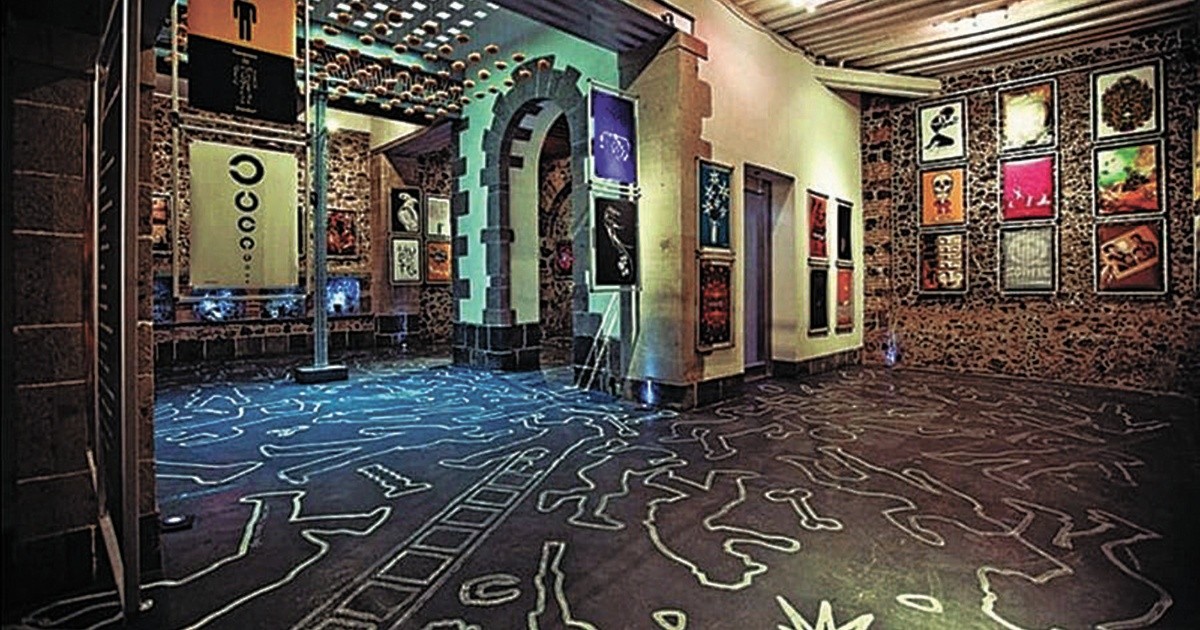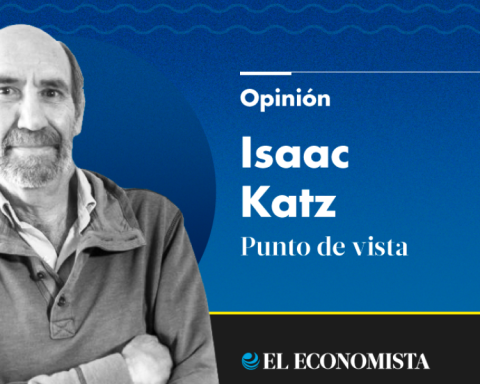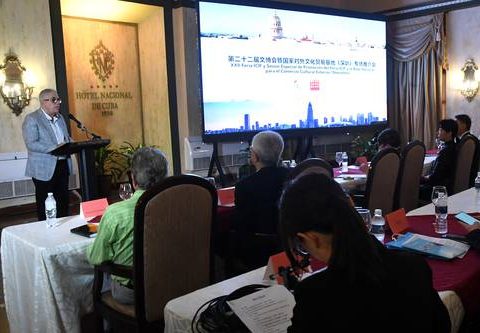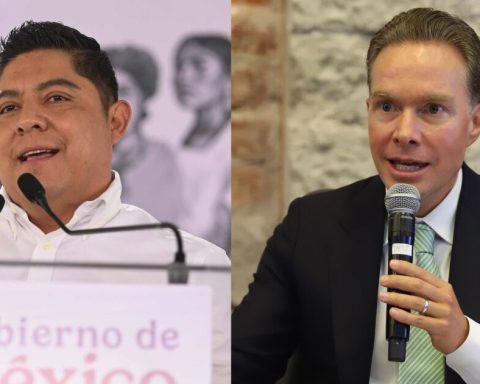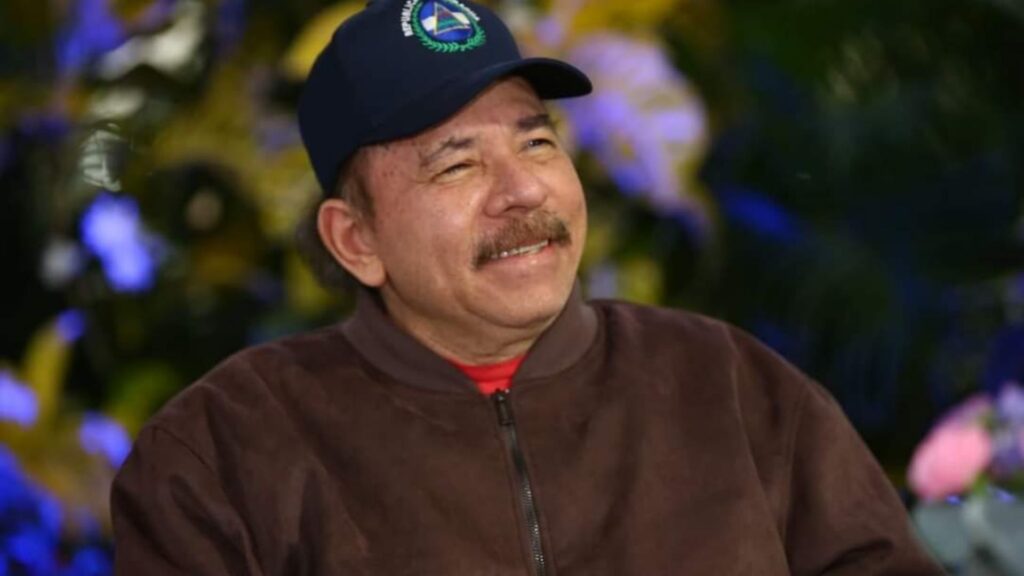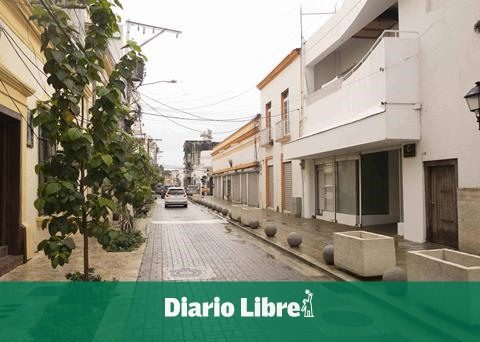The flow of visitors to museums in Mexico has been drastically reducing for several years. The pandemic came to sharpen a trend that had been observed for some time. And despite the fact that 2021 was a year of recovery, this was modest for the exhibition venues and had an impact on their operations. This is evidenced by the results of the 2021 Museum Statistics, presented this Wednesday by the National Institute of Statistics and Geography (Inegi).
During 2020, the year most affected by the pandemic, the influx in the country’s museums was 12.7 million visitors, while for 2021, the year of gradual reactivation, the figure increased to 16.4 million visitors, which meant a almost 30 percent growth.
However, those 16.4 million visitors in 2021 represent just 26.4% of the 62.1 million visitors reported in the 2019 statistics, a year that, however, had a lower flow than its previous year, 2018, with 67.7 million, and this lower than 2017, with 75.1 million visitors.
The above figures, collected from the different statistical reports of the Inegi, show that between 2017 and 2019, before the health crisis, a reduction of 17.3% was already announced. And between 2017 and 2021, attendance at venues across the country decreased 78 percent.
Staff reduction
The average workforce of public, private and mixed museums in Mexico is also shrinking.
In previous issues, this newspaper has reported how the average number of museum collaborators, whether they are employees, subrogated service personnel and volunteers or social service personnel, had a drastic decrease due to health effects, although the decrease already warned two years before.
In 2018, the average number of museum workers or collaborators was 29, while the following year it was 28. By 2020, the first year impacted by the pandemic, the number of museum collaborators was drastically reduced to 23, that is, that year with impregnable closures to the public caused the museums to lose five workers or collaborators on average.
2021 was more benevolent for the reactivation of the exhibition halls, although there was no growth in personnel, instead, the statistics report an average of 22 elements per museum. The foregoing could be a sign that the contraction of the museum operation in terms of personnel will be longer or that it has been installed as the new reality of museums in the country, where the enclosures readjusted their staff and learned to operate with fewer elements.
In short, between 2018 and 2021, the average number of collaborating and working staff in museums in Mexico contracted by practically 25 percent.
There are absent museums
Of the 1,248 museums registered in the directory of informant sources of the Inegi, only 1,046 were able to offer statistical information, barely 43 museums more than those that were able to participate in the statistical exercise last year (1,003 museums). The foregoing suggests that in the course of the two studies, approximately 200 museums have been missing from the map, although it is unknown whether they have closed definitively or are still on hiatus.
Along with these numbers, it is necessary to point out that the reactivation of the museums has been a gradual process that is not yet complete. In August 2021, 650 venues were reported to be in operation, that is, 52%, while last February, four months ago, 849 open museums were registered, that is, just 68% of the venues registered in the directory.
By types of resources
The statistics of the financial resources for the operation of the museums offer clues as to which museums have been most impacted by the health and economic impasse.
In 2019, the Inegi reported that 13.7% of the venues operated with private resources, while the 2020 study registered 13.4% and the statistics published this Wednesday speak of 12.6%. It seems like a small amount, just one percentage point, but it shows the absence of operation today of at least 10 museums that operated with private resources two years ago.
Instead, there has been an increase in the model of museums with self-generated resources, which went from 9.9% in 2018 to 11.3% in 2021. And something similar has happened with public resource venues, going from 69.6% in 2018 to 70.8% in 2021. Consequently, private venues have been the most affected by the quagmire.
